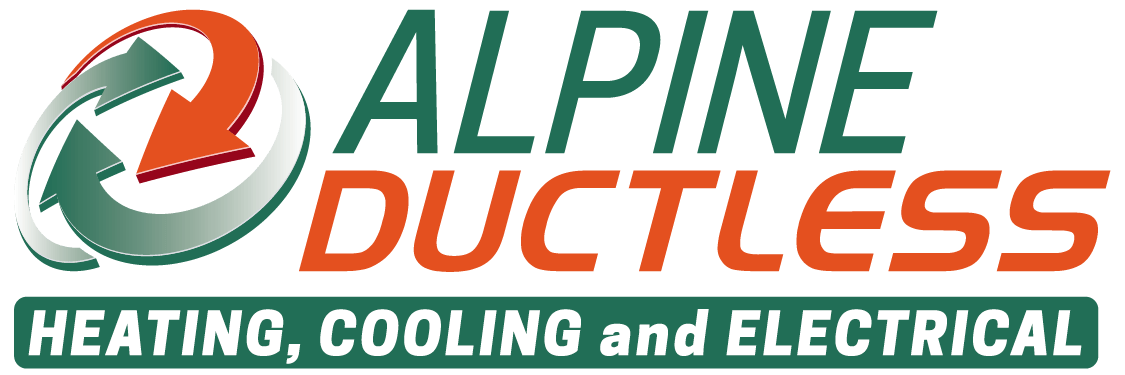We have been getting some questions lately about home energy audits as related to your home’s heating and cooling system’s efficiency. Obviously, there is a direct relationship here and no matter which type of system you choose to heat or cool your home, your system’s ability to operate at i’s most efficient is dependent upon your home’s “building envelope”.
Wikipedia defines this as “ the physical separators between the conditioned and unconditioned environment of a building including the resistance to air, water, heat, light, and noise transfer. The three basic elements of a building envelope are a weather barrier, air barrier, and thermal barrier. The act of creating a building envelope is sometimes called weatherization.”
The building envelope can be influenced by various factors in your home’s construction and can also be evaluated by a good home energy auditor.
When you are making the decision to upgrade your home’s heating and cooling system, We recommend your home undergo an energy audit. This simple evaluation can assure that you get the most out of your new system, whether you choose a ductless system or something else entirely. Heat loss in buildings can account for up to 50% of the total energy consumption and can come from air leakage through chimneys, attics, wall vents and badly sealed windows/doors, etc.Adequate air exchange is essential for health and safety, but many buildings have a far higher rate of air exchange than is necessary. The root cause is often poor design and/or construction which allows air leakage from the inside or outside of the building, or the opposite. The leakage pathway is often complex and, without thermal imaging, extremely difficult to visualize.
To identify areas of energy waste, infrared imaging has quickly become a valued tool in identifying problems related to energy loss, missing insulation, inefficient HVAC systems, radiant heating, water damage on roofs, and much more. A thermal imaging camera identifies patterns of heat loss that are invisible to the naked eye. Thermal imaging quickly indicates the air leaks within a property and measurement data are easily compiled into a report.
Professional home inspectors and energy auditors are using leading-edge infrared technology to perform energy auditing of homes and buildings to improve energy efficiency, thus leading to savings on energy costs.
Thermography measures surface temperatures by using infrared video and still cameras. These tools see light that is in the heat spectrum. Images on the video or film record the temperature variations of the building’s skin, ranging from white for warm regions to black for cooler areas. The resulting images help the auditor determine whether insulation is needed. They also serve as a quality control tool, to ensure that insulation has been installed correctly.
Thermographic scans are also commonly used in combination with a blower door test. The blower door helps exaggerate air leaking through defects in the building shell, making them more detectable on the infrared camera.
What does all of this mean? You can save up to 30% on your energy bill by making upgrades following a home energy assessment, and you can ensure your new heating system is working at utmost efficiency. That translates into both saving money and being comfortable in your home. Plus, it’s really “cool” to see those thermographic images!
Here at South Sound Ductless, we really like Brent Foster. He is a local specialist using this great technology to help you make your home the most efficient it can be. His company is Northwest Infrared.
